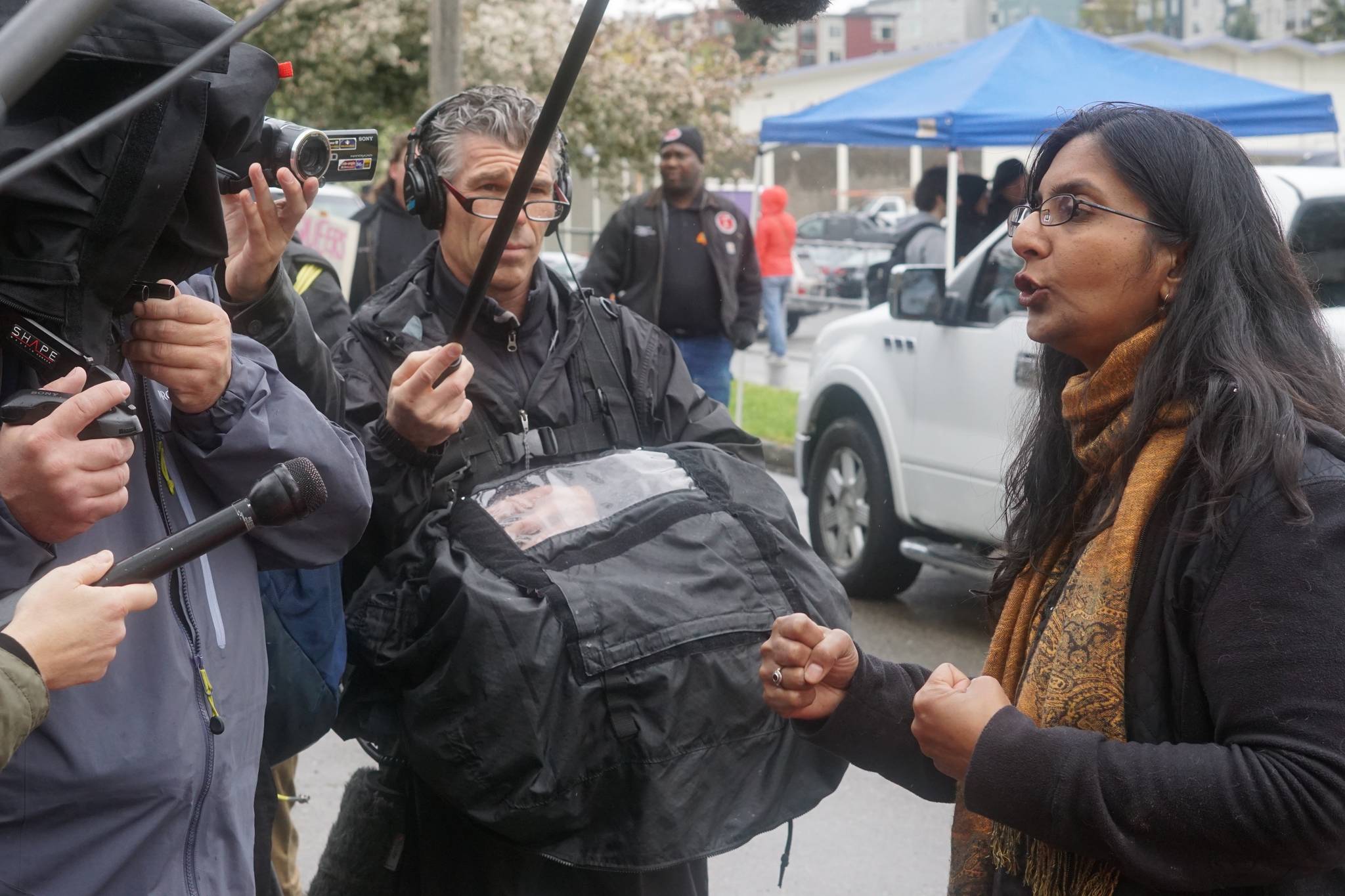A few years ago, Seattle-King County Public Health saw that the high-school sexual-education curriculum needed an update.
The county-developed Family Life and Sexual Health program—commonly known as FLASH—had been around since the 1980s. It was created by Beth Reis, a local health educator who was appalled by the abysmal state of health education and resources available to students. She looked to the most relevant research in the field at that time and set to writing what became the first iteration of FLASH. The program proved very successful. Since the ’80s, by word of mouth, the FLASH curriculum has spread far from its birth place of King County to all over the nation and even internationally.
Though it was continuously updated for medical accuracy, in mid-2014 Public Health saw an opportunity to give the high-school curriculum a complete overhaul. Using the growing body of research and literature from field research, lead authors and health educators Andrea Gerber and Kari Kesler spent a year making FLASH more relevant to its teen audience and better designed for the classroom. “We made sure the curriculum was meaningful and inclusive to all students,” Gerber says, “including those who are often left out of sex education, like students who have experienced trauma and LGBTQ students.”
“Everyone really wants to spend energy focusing on healthy relationships,” Gerber adds. “That’s something we’ve gotten a lot of requests for.” There are also lessons on gender identity, sexual orientation, consent and coercion, and more.
Because so many schools use the FLASH curriculum nationwide, Gerber and Kesler wanted to know whether their new approach tangibly improved students’ sexual health. To that end, in 2015 the pair applied for and received federal funding from the U.S. Department of Health and Human Services’ Teenage Pregnancy Prevention program, which would study the effectiveness of FLASH over the next five years. They based the study in five counties in Georgia and one in Minnesota that were using the new FLASH curriculum, regions where teen birth rates were above the national average.
The five-year grant is for $5 million. Or was. Unbeknownst to Gerber and Kesler until just a few weeks ago, the Trump administration had zeroed out funding for the teen-pregnancy program that had provided the grant. “We got our award letter letting us know we got our funding for this year and the date had shifted,” Kesler says. “There was just a change of date on our contract and one brief line saying the program was being shortened.”
All programs like theirs were cut back two years with no warning and no reason given. “We’re halfway through a five-year, $5 million study,” Gerber says, “and the money was just yanked from us midstream. We think this work is too important to abandon; it’s like abandoning a half-finished skyscraper.” Without the research to back it up, Gerber and Kesler fear that teachers will pass on FLASH and stick with older models.
The previous generation of sexual-health education, and much of what is still taught nationally, is textbook-based. Teachers are required to make their own lesson plans and school districts have developed their own standards, according to Kesler. FLASH, by contrast, has detailed lesson plans and maps for standards schools need to cover.
But the biggest relief for teachers is the interactivity built into the program—group activities like making commercials for different types of birth control and dialogues about consent and saying “no” that students can act out. “An awful lot of work falls on teachers to reimagine their material to make it interactive,” Kesler says. “Teachers appreciate having a curriculum where that’s already built into it. Students really like it, too.” FLASH’s interactivity consistently receives the most, and most positive, feedback from both teachers and students.
The White House has yet to offer an explanation for the abrupt funding cut. King County, determined not to wait on an unreliable administration, has filed an appeal for the $2 million that was lost.
Without this research, FLASH won’t be able to prove its efficacy in reducing teenage pregnancy and STDs and equipping youth on how to lead sexually healthy lives. “We won’t have these results,” Kesler says, “and then everyone—school districts, teachers—who are trying to make decisions about what type of health curriculum to use don’t have those results to help them choose what will be effective. This has immediate and serious impacts on people.”
news@seattleweekly.com








